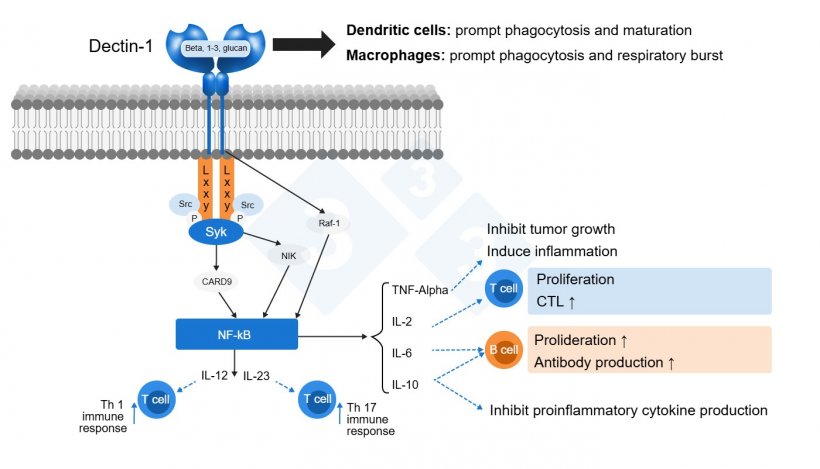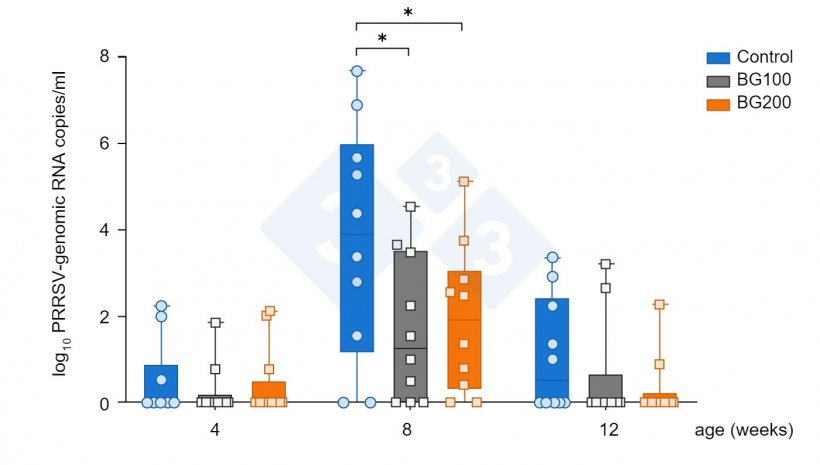Maiden gilts undergo a comprehensive vaccination protocol to reduce the likelihood of becoming ill and destabilising the breeding farm, which can consequently have a detrimental impact both on performance and animal welfare.
Vaccines are a great way of protecting animals especially with our strict targets on reducing antimicrobials. Although vaccines have proven efficacy, they are neither 100% efficacious nor effective. This could be due several factors, most of which are not related to the vaccine itself.

Heiningera, et al., (2011), categorized vaccine failure into two main groups – vaccine failure, and failure to vaccinate (usage, handling and prescription challenges). Focusing on the first group they subdivided it into:
- Host related such as immune deficiency, insufficient/suboptimal immune response, age related – maturation, suboptimal health status interference due to other infection, stress within others.
- Vaccine related such as incomplete coverage, antigenic interference, manufacturing related.
All in all, out of 18 points the authors believe can lead to a vaccine failure only 2 are due the vaccine per se and almost half are host related. Therefore, we are presented with a great opportunity to enhance vaccinal response. Each nucleus, multiplier or commercial farm will have their own protocols tailored to the field challenges they are experiencing (figure 1). We can boost vaccinal response with beta glucans which have a scientifically proven immunomodulatory effect increasing antibody titers and can be used as an immunoadjuvants.

What are Beta Glucans?
Beta Glucans are a group of polysaccharides which can originate from different organisms. Different organisms will have a different structure and glucose molecules will have one or more links.
- Unicellular algae and bacteria will have β-(1,3) bonds, which means that the first molecule of glucose is linked by its carbon 1 to the carbon 3 of the subsequent molecule of glucose.
- Mushrooms and yeast will have β-(1,3) and β-(1,6) linkages.
- Oats will have β-(1,3) and β-(1,4)(Murphy et al., 2023).
We can see that the β-(1,3) is the most common bond and as we will see below the one specifically recognized by the receptor Dectin-1 which is a glycosylated type II transmembrane receptor (Reid et al., 2009) and complement receptor 3 (CR3). Both receptors when activated enhanced production of proinflammatory cytokines, chemokines and reactive oxygen species by innate immune cells (Baert et al., 2015, Murphy et al., 2023).
How does it work?
Beta glucans are ingested with feed, absorbed in the intestine, where they will bind to the Dectin-1 receptor on macrophages and dendritic cells in Payer’s patches triggering a phosphorylation cascade (Jin et al., 2018) which will result in signaling molecules being released (Interleukins/cytokine/chemokine) as shown in Figure 2, activating natural killers, T and B cells.
It is important to notice that the receptor only recognizes the beta-1,3-glucan linkage pattern, thus, products that only have this linear structure will have an advantage over ramified. Additionally, macrophages and dendritic cells will ingest beta-1,3-glucans, “chop” them into smaller particles which will be released to the blood stream, activating the immune system in the rest of the body.
Beta-1,3-glucans can be provided at different points as shown in Figure 1 in order to boost immunity. Different trials have been done to test the effect of beta-1,3-glucans.

Enhancing PRRS protection (Smeets et al. 2020)
This trial was performed at the UAB’s (Universitat Autònoma de Barcelona) facilities with the aim of finding out if feeding beta-1,3- glucans for 2 weeks before vaccination increased the humoral response after PRRS vaccination in 51 pig as shown in figure 3.

At day 0 (vaccination day) all pigs were seronegative to PRRS whilst 14 days post vaccination both treated groups had more than 70% of the animals which had specific PRRS antibodies and were significantly different (p<0.05) from the control group. This indicates that the specific beta glucans were able to increase the intensity of the primary response which is important if the challenge is a few weeks post weaning. This trend continued 21 days post weaning were treatment pigs also had more animals which has specific PRRS antibodies.
Additionally, the amount of piglets that were protected were higher in both treatment groups as shown in figure 4.


Enhancement of Systemic virus-specific T Lymphocite response in pigs supplemented with algae derived beta-glucan (Chuaychu et al., 2024)
In this study the authors looked at the effects of supplementing an algal derived beta-glucan on performance of the piglets, and also virus neutralizing antibody and virus specific T lymphocyte responses for Classical Swine Fever and PRRS.
Four week old piglets were randomly allocated to three different treatment groups as shown in Figure 5 and vaccinated with modified live vaccines for PRRS and CSF.

In this study, pigs supplemented with beta-1,3-glucan showed higher levels of T lymphocytes and neutralizing antibodies specific to classical swine fever virus (CSFV) compared to the control group. Additionally, beta-1,3-glucan significantly increased PRRSV-specific interferon-gamma (IFN-γ) producing T lymphocytes, including CD4+, CD8+. Pigs receiving beta-1,3-glucan also exhibited reduced PRRS modified live vaccine (MLV) viremia earlier than the control group (Figure 6).

This last part is crucial as similarly to the natural PRRS infection, the vaccination can reduce adaptative and innate immune response, which can also interfere with other vaccines that are part of the health program.
Conclusions
Beta glucans are feed additives that can boost the vaccinal response, thus helping to achieve an optimal vaccinal response by tackling host related challenges.If they are used in the Gilt Development Units, being suplied during enough time to cover the whole vaccination programme this strategy could be an option to improve the vaccine response. In addition the principle of boosting immunity can also be used to increase colostrum quality – a topic that we will discuss in the following article.



